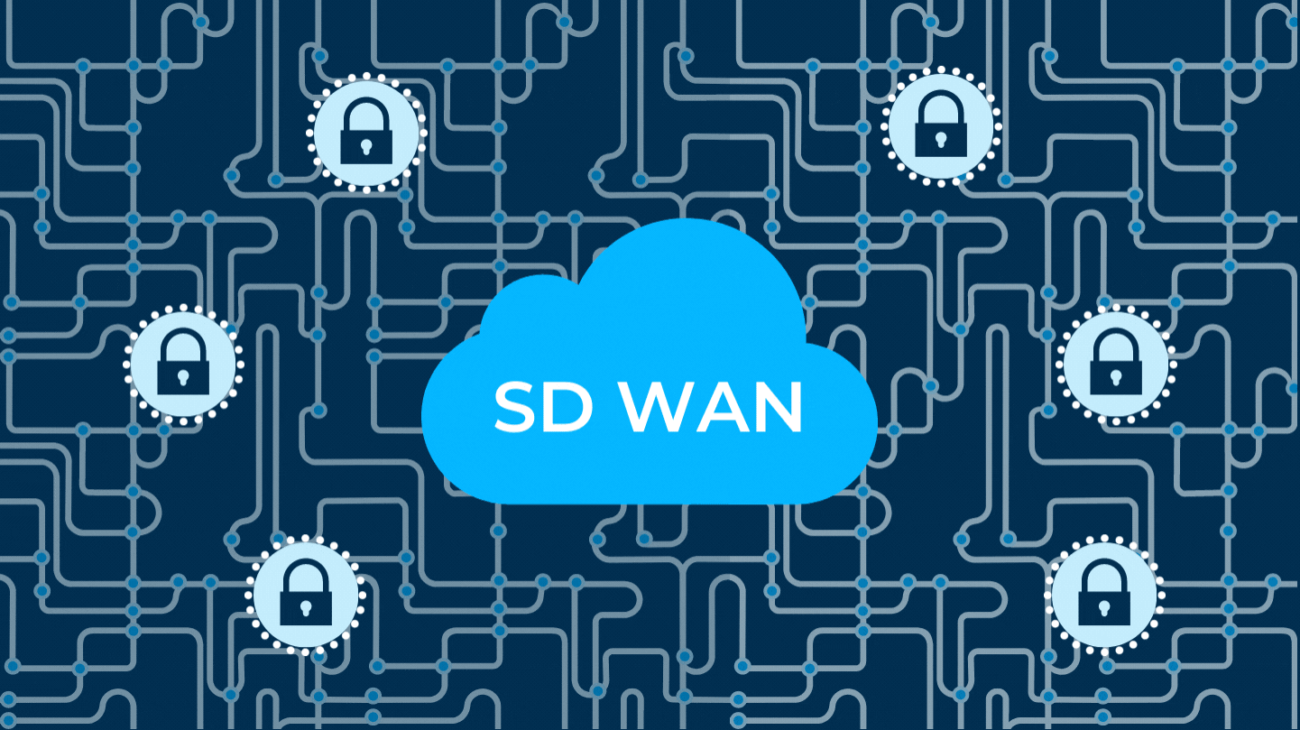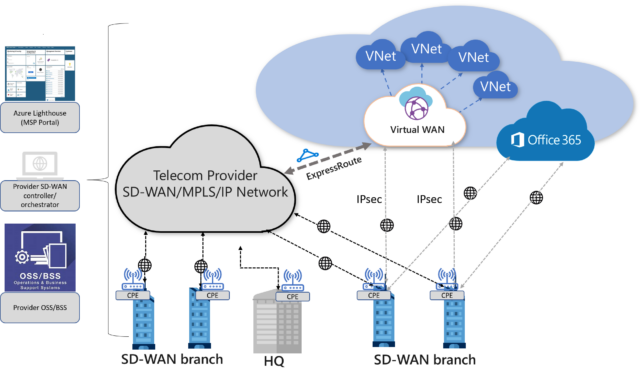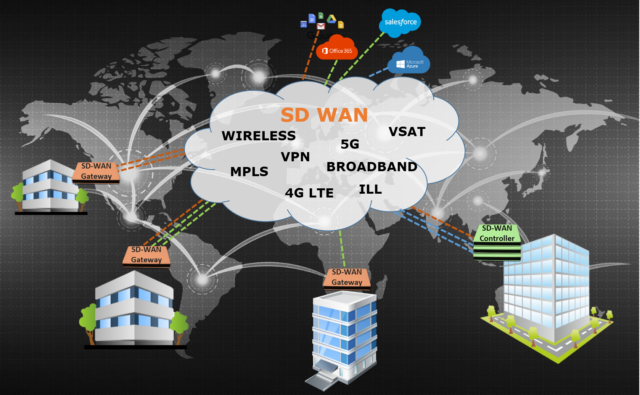
SD-WAN provides centralized management and monitoring of traffic from a single portal. This reduces complexities and makes it easier to track application performance.
Organizations require reliable, secure connections to SaaS applications and their employees. They also need to be able to respond quickly to changing business requirements. Traditional MPLS networks do not meet these needs.
Automated Routing

The traditional router-centric model of the vast area network (WAN) could have been more efficient and reliable. This outdated model often resulted in slow access to applications, a poor user experience, and high costs due to expensive bandwidths. In addition, upgrading firmware or software for routers was time-consuming and complicated.
So, what is SD-WAN used for? With SD-WAN, network managers have new levels of control over the WAN. The technology’s architecture creates a virtual overlay that abstracts underlying private and public WAN connections, such as Multiprotocol Label Switching (MPLS), broadband internet, cable, fiber, or LTE. A centralized controller manages application traffic and enables real-time WAN optimization.
A vital aspect of an SD-WAN solution is its ability to select the best underlay based on specific business needs. This helps organizations to reduce recurring network costs, improve site-to-site connectivity and deliver quality applications and an exceptional user experience.
Additionally, SD-WAN can intelligently redirect application traffic based on priority and latency requirements. This enables businesses to eliminate the need for costly MPLS circuits while providing redundancy and improving application performance.
Multi-Carrier
Using an SD-WAN, networks can connect to multiple data services, including direct internet access and private multiprotocol label switching (MPLS) in a single logical link. The result is a single WAN connection that can prioritize business-critical applications, allocate bandwidth by application, and support varying internet broadband speeds. The centralized control and management of these networks from a single management portal reduces complexity, simplifies operations, and improves visibility for network managers.
SD-WAN technology enables organizations to save on recurring costs and offers network visibility and control with zero-touch deployment. It also allows businesses to build secure connections from branch offices to cloud resources optimized for performance, security, and cost.
For example, a legacy WAN architecture that relies on MPLS would have to backhaul traffic from the branch office to the data center, which is costly and inefficient. By connecting to a cloud-based SD-WAN, businesses can use existing Internet and wireless WAN (Wi-Fi or 5G) connections, which are much less expensive than traditional MPLS links. This can significantly reduce the OPEX, time, and resources to create new sites and connect them to crucial cloud applications.
Enhanced Security

An SD-WAN can deploy and manage advanced security functions compared to a traditional device-centric WAN model. The best solutions can deliver visibility and control, allowing you or your managed service provider to configure security policies for devices at branch offices from a single management portal. This reduces error and complexity compared to the time-consuming process of configuring devices site-by-site.
Moreover, an SD-WAN can deliver application performance by monitoring and prioritizing different data types based on business requirements. This eliminates the need for onsite IT specialists and improves network agility by reducing bandwidth competition.
A good SD-WAN solution also enables secure local Internet breakout of IaaS and SaaS applications, ensuring that data is never sent over the open Internet where it can be susceptible to threats. It should also support traffic monitoring and alerts and be able to identify issues such as latency and jitter. These features will ensure that your WAN is not exposed to cyber attacks that can seriously affect your enterprise.
Scalability
In contrast to traditional WAN solutions that rely on physical connections, an SD-WAN uses virtualization to enable easy scalability. The centralized control of an SD-WAN also makes it easy to change traffic patterns and adjust bandwidth allocations to accommodate shifting network needs.
This scalability is especially useful for companies managing data services at multiple locations or those operating in remote areas. SD-WAN solutions can automatically divert WAN traffic to new channels when issues arise, providing sub-second failover that prevents business downtime.
In addition, most SD-WAN solutions provide centralized management of firewalls, routers, and VPN, as well as advanced security and cloud/SaaS connectivity, from one unified interface. This simplifies IT management and gives businesses greater visibility of their network infrastructure. It’s also easier to upgrade, maintain, and implement changes across the network.
Moreover, an SD-WAN can seamlessly handle a complete transport outage while optimizing bandwidth usage and costs. It can also converge WAN optimization with network security functions, including CASB and FWaaS, to deliver a more holistic and integrated service model.
Flexibility

The ability to scale and adapt to a rapidly evolving business landscape is a requirement of many digital enterprises. However, legacy WAN infrastructure is often inflexible and needs more performance capabilities to support enterprise growth. This can result in network outages, poor application performance, and frustrated users.
SD-WAN can solve this problem by automatically identifying and routing traffic based on application needs. This ensures critical applications are always prioritized and receive the bandwidth they need. This significantly improves the quality of the user experience and increases business productivity.
In addition, SD-WAN can also save money by reducing the need for expensive MPLS links between branch offices and headquarters. Instead, WAN connections can be built over internet broadband or wireless WAN (4G, 5G) links, which are significantly cheaper.
Finally, an SD-WAN solution can make managing network security and connectivity easier from a single management portal. This can reduce complexity, minimize labor costs and enable organizations to flex bandwidth. Moreover, it can make it easy to deploy new sites and apply policies across the entire network with the click of a mouse.







